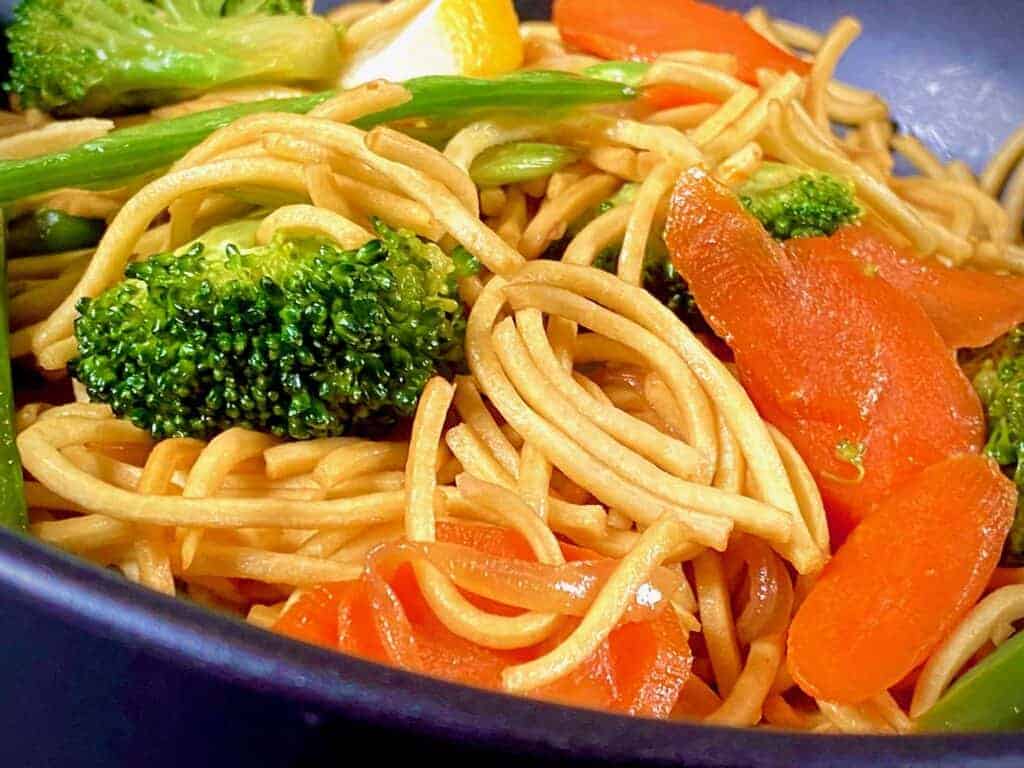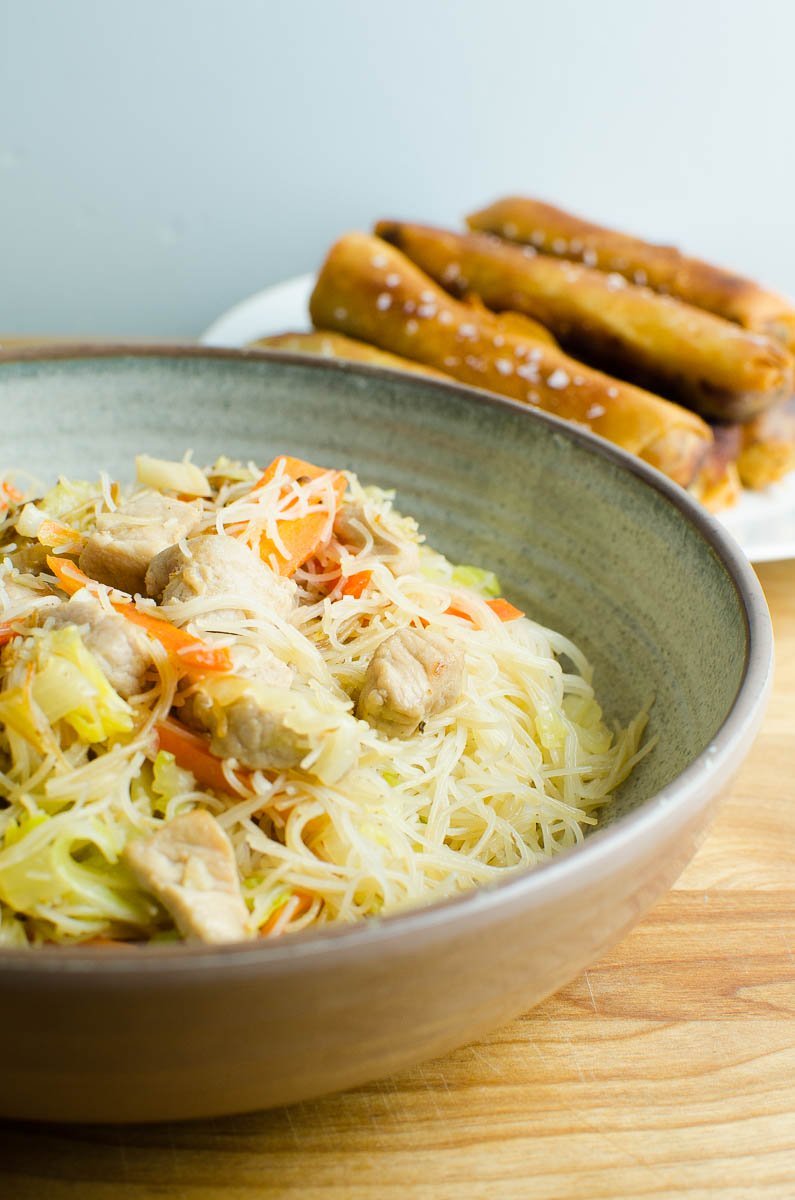Relish Typical Filipino Flavors With Easy-To-Follow Recipes
Checking out traditional Filipino cuisine provides an one-of-a-kind opportunity to involve with an abundant tapestry of tastes and social narratives. Each dish, from the renowned adobo to the vivid sinigang, tells a story that mirrors the Philippines' varied cooking heritage. By accepting easy-to-follow recipes, any individual can recreate these cherished dishes in your home, cultivating links with friends and family through shared experiences. Recognizing the important ingredients and techniques is critical for achieving authentic preference. As we check out these cooking traditions, one may wonder how to best bring the warmth of Filipino hospitality to their own table.

Summary of Filipino Cuisine
Checking out the vivid tapestry of Filipino food exposes an abundant social heritage affected by various historic and geographical elements. The Philippines, an island chain of over 7,000 islands, boasts a diverse range of tastes and cooking methods. The country's culinary landscape is formed by indigenous practices and the influences of colonization, profession, and movement. Consequently, Filipino food is an unique mix of Malay, Spanish, Chinese, and American elements.
Rice works as the keystone of Filipino meals, typically come with by a selection of vegetables, meats, and seafood. Using strong tastes is a hallmark of the cuisine, with components such as garlic, onions, ginger, and soy sauce playing crucial functions. The emphasis on communal dining shows the Filipino culture of friendliness and family members ties.
Road food likewise plays a significant function in the culinary scene, showcasing local components and creative cooking methods. As the Philippines remains to embrace globalization, the combination of typical and contemporary impacts can be seen in contemporary Filipino meals, even more enriching its culinary identity. Filipino food recipes. Overall, Filipino food is a testimony to the nation's background, culture, and vibrant spirit
Must-Try Traditional Recipes
Filipino cuisine is ideal experienced through its traditional dishes, each offering a distinct insight into the nation's varied cooking heritage. Among the must-try recipes is Adobo, a savory stew commonly made with chicken or pork, seasoned in vinegar, soy sauce, and garlic prior to being slow-cooked to perfection. Its abundant and appetizing flavor account stands for the heart of Filipino home cooking.
An additional iconic dish is Sinigang, a sour soup often prepared with tamarind, tomatoes, and different vegetables. This recipe can feature pork, shrimp, or fish, and is treasured for its revitalizing taste and heating top qualities.
Lechon, a whole roasted pig, is a focal point at Filipino celebrations, recognized for its crispy skin and tender meat. It personifies the joyful spirit of Filipino gatherings.
For those craving something sweet, Halo-Halo is a wonderful treat incorporating smashed ice, sweetened fruits, jellies, and covered with leche flan and purple yam.
Each of these typical dishes encapsulates the significance of Filipino society, welcoming anybody to savor the lively flavors and abundant background that specify the island chain's culinary landscape.
Step-by-Step Recipes
Cooking genuine Filipino dishes in the house can be an enriching experience that brings the vivid tastes of the Philippines into your kitchen area. With a myriad of typical recipes to select from, utilizing step-by-step dishes enables both beginner and seasoned chefs to understand the strategies and flavors important to Filipino food.
Begin by selecting a dish that intrigues you, such as adobo, sinigang, or lumpia. Each recipe typically includes a thorough active ingredient listing adhered to by clear instructions, leading you through the cooking procedure. Begin with prep work, which might include marinating healthy proteins, cutting vegetables, or gauging spices. This fundamental action guarantees a smooth food preparation experience.
As you proceed, pay close interest to food preparation techniques one-of-a-kind to Filipino food, such as sautéing (ginisa) or stewing (nilaga) These approaches can dramatically enhance the deepness of taste in your dishes. Moreover, timing is crucial; follow the recommended food preparation times to accomplish the best appearance and preference.
Vital Ingredients and Tips
Frequently, the secret to grasping Filipino cuisine depends on understanding and making use of vital ingredients that specify its unique flavors. Central to many meals are staples like soy sauce, vinegar, garlic, and ginger, which contribute to the distinct equilibrium of full-flavored, sour, and sweet notes. Soy sauce functions as a base for marinates and sauces, while vinegar, particularly walking cane vinegar or coconut vinegar, gives an appetizing brightness that is critical in meals like adobo.
Rice is an indispensable component see this here of Filipino meals, frequently offered together with main dishes to soak up flavorful sauces. For a touch of credibility, go with jasmine or long-grain rice. In addition, utilizing fresh produce such as tomatoes, green beans, and eggplants enhances the dish's vibrancy and dietary value.
Do not neglect the value of herbs and flavors, such as bay leaves, lemongrass, and chili peppers, which raise the taste account. When food preparation, bear in mind that perseverance is essential-- permitting ingredients to combine together causes richer flavors. Finally, embrace the practice of sampling as you go; this will enable you to adjust spices and attain the ideal balance that identifies Filipino cuisine.
Offering and Enjoying Filipino Dishes
Comprehending the subtleties of Filipino cuisine extends past preparation and ingredients; it encompasses the way meals are offered and enjoyed. The Filipino dining experience is identified by communal sharing, promoting a feeling of togetherness and celebration. Usually, recipes exist in large portions, allowing diners to take part in a selection of tastes.
Rice, a staple in Filipino meals, is typically served as the structure whereupon the other meals remainder. Going along with viands, such as adobo, sinigang, or lechon, are placed in the facility of the table, inviting guests to serve themselves. Filipino food recipes. This technique not only fosters a relaxed ambience yet likewise encourages discussions and links among diners

Conclusion
To conclude, typical Filipino food provides a rich tapestry of tastes and social value, welcoming expedition through its varied recipes. The easy-to-follow dishes provided help with the prep work of famous YOURURL.com meals, cultivating a deeper recognition for the ingredients and techniques included. Stressing public dining, these culinary techniques enhance household connections and promote the warmth of moved here Filipino friendliness. Involving with this lively cuisine not just enhances the dining experience yet additionally protects and celebrates the heritage of the Filipino people.